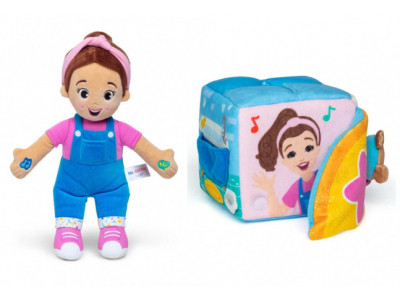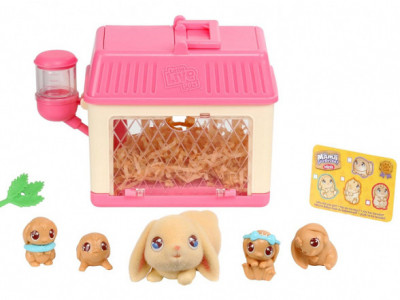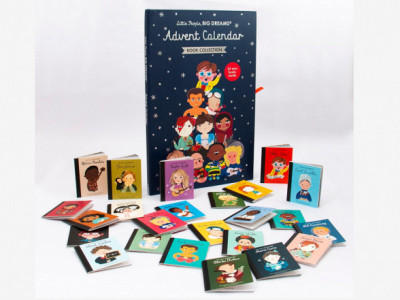
With the way the world is going and a really high unemployment rate, especially for young people, we need to teach our children the true value of money. Days are busy, and it can be hard to find time to get your kids involved in day-to-day financial decisions, so the best way to teach children about responsible money management is to model it to them. I've seen way too many adults who were sent out into the world without a clue how to save money, pay bills or budget enough to get them through until next payday and beyond. Your children will be lost in the woods without a few general teachings about handling money. Here's how to do it.
Give them an allowance
The first step in teaching your child about money is to actually give them some money. I don't believe in paying more for doing chores, since no one will pay them to do household tasks as an adult. This money should be given free of stipulations, although it should be a household rule that chores will be done as well as homework and any other tasks, because that is the child's job. I have a system where I give a dollar for every year of age my child is. This way they get an automatic raise for every birthday.
Structure the allowance
Children should not have free reign over their money, because you know that they'll be buying $7 in bubble gum every week. Structure allowance in a way that a percentage is saved, given to charity and available for spending. You could use this very handy allowance manager to calculate and manage the money. My kids have a long term savings amount, which they'll use to put towards a vehicle or their education, a short term savings amount to save for toys or other items, plus their own spending money for whatever sugary thing they choose. They also save $1 of their money for a charity of their choice at the end of the year.
Donate some of their money
When your child saves from their own pockets for charity, not only does it teach good financial skills, it gives them a sense of responsibility towards others. Let your child choose the charity that they are most interested in donating to and show them where their money is going. This teaches kids that not everyone has big four-bedroom houses with iPods and the latest and greatest toys. Let them know that the people (or animals) they are donating to are just like you and I and deserve more. KidsCan is an organization that helps pay for organized sports for kids who can't afford it.
Set up a bank account
Set your kids up with a bank account of their own and let them see how their money grows with interest when they save it. It might give them the incentive to save even more. Many banks have free kids accounts. TD has a youth account, which gives interest calculated daily and unlimited transactions.
Let them spend their money
You might want to micro-manage what your child spends their money on, but don't. The best way to learn is through making mistakes. Take them to the store and let them figure out what stuff costs, how much more they need, including taxes and how fast money gets spent. It helps them to make better choices next time that they realize those five dollar store toys aren't as great as saving until next month for that bigger toy they might want.
Let them spend your money
Take them shopping with you, especially to the grocery store. Make a list of items you need and show your child how to price compare and not just pick the item with the flashiest box. Show them what things cost and how much you spend on everyday items. It is never too soon for them to learn how to be frugal. Let them look through flyers and find the best deals. You could make it into a game and it could even save you some time each week! Encourage them to browse Bargainmoose and our coupon forum to see if there are any money-saving coupons before you shop.
Create goals
Get your child to decide what he or she wants to save for. If your child has a dream of going to Disneyland and they have decided to save for it, give them a realistic plan of how this can happen. Many teenagers will want to save for a car. You could figure out together how long this will take saving how much money per week. This doesn't just have to be on big goals either. If your child wants to save for a guinea pig or a new LEGO set, make a plan and when they try to waver from it, remind them of their goals. Stores like Mastermind Toys, Chapters and Toys R Us all have wish list pages where your child can browse for what they want, save it in the wish list and know exactly how much it costs.
Encourage them to make their own money
If your kids are young, show them how they can open their own lemonade stand or have a garage sale. Older kids can babysit or get a paper route. Teenagers can get part-time jobs. Doing the work themselves can show them how valuable their time is in relation to money. Show them how hard they worked for that $10 and ask them if they really want to blow it on a pair of sunglasses? It is a difficult lesson realizing how hard you work to only pay for this or that.
Show them your bills
Hydro, rent, mortgage, and insurance are huge costs for adults. Divide your bills by 30 and show your child how much you pay each day just to heat your home or drive your car.
It is a scary world when kids are highly educated academically, but don't know a thing about money. Bargainmoosers, how do you teach your kids to be fiscally responsible?
(Photo Credit: Hobbies on a budget)






















Comments